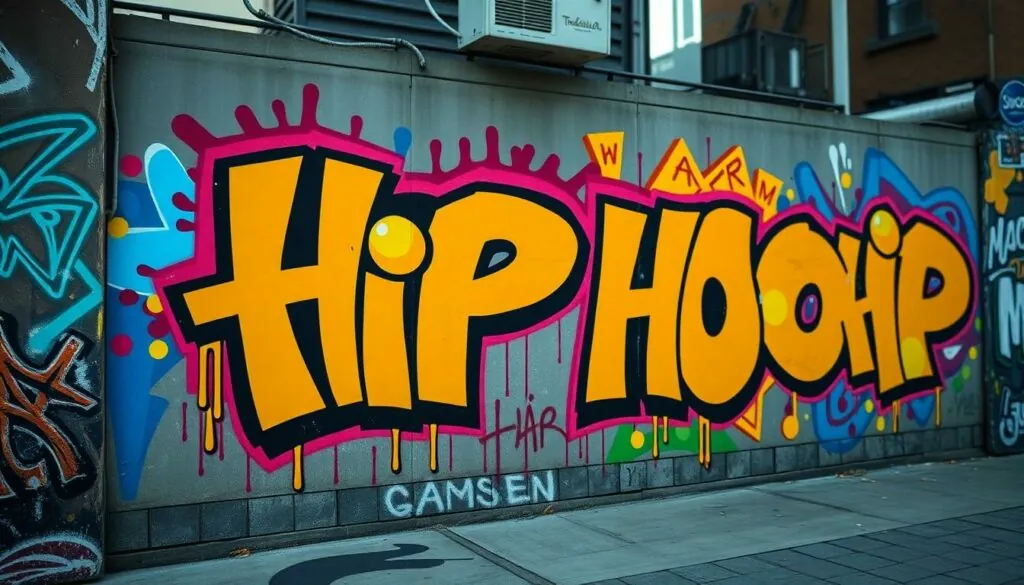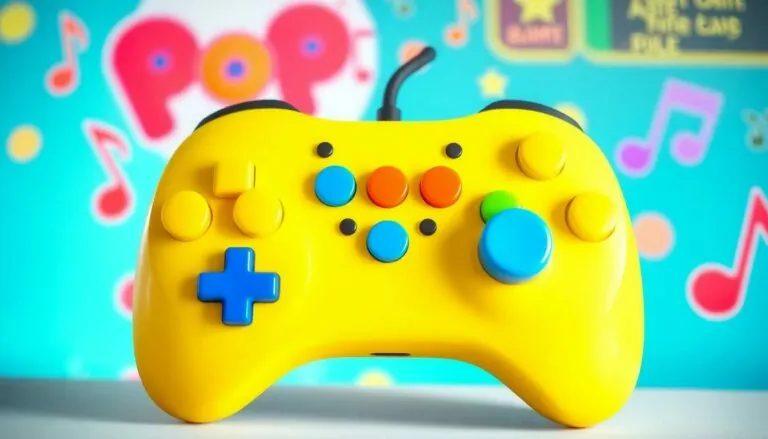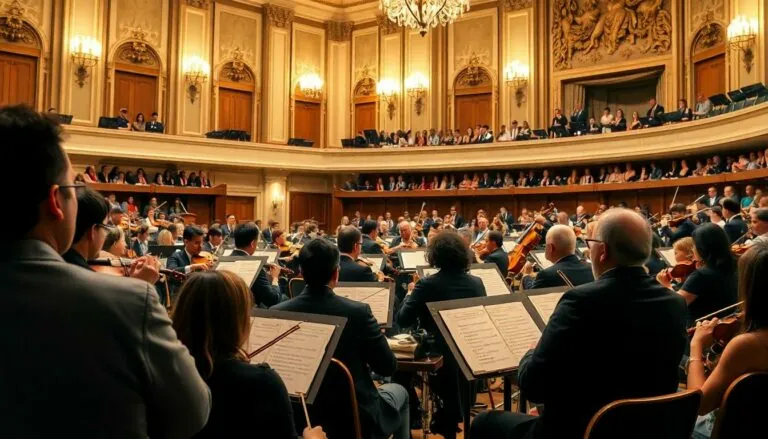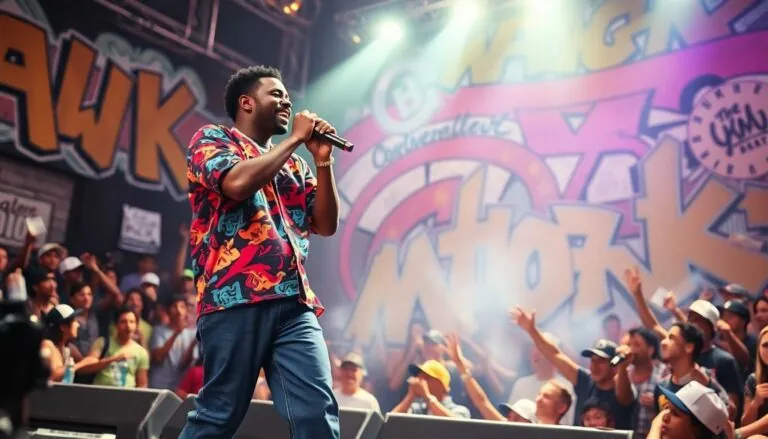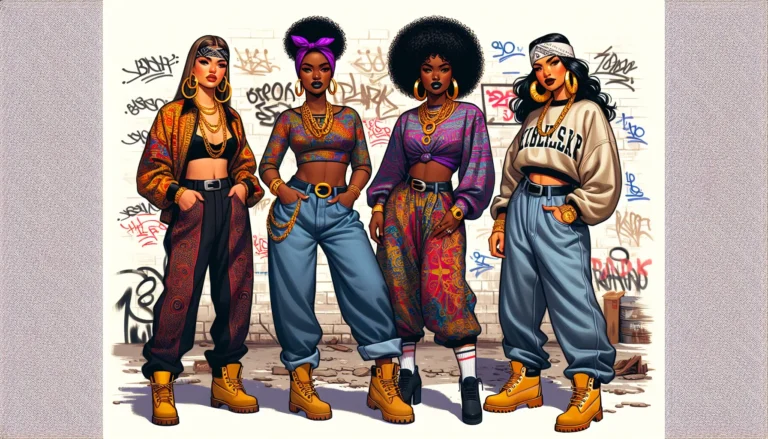Table of Contents
ToggleIn a world where style speaks louder than words, hip hop fonts are the unsung heroes of urban culture. They’re not just letters on a page; they’re the swagger and soul of a movement that’s taken the globe by storm. Ever wondered how the right font can transform your project from bland to grand? It’s like swapping out a plain white tee for a fresh pair of kicks—suddenly, you’re turning heads.
Overview of Hip Hop Fonts
Hip hop fonts serve as crucial elements in urban culture, embodying style and identity. Various design features define these fonts, including boldness and uniqueness. Strong typography enhances the visual appeal of posters, album covers, and merchandise, capturing attention immediately.
Creativity in hip hop fonts often reflects the diverse backgrounds of artists and their messages. For instance, script fonts convey an authentic street vibe, while blocky types exhibit a sense of strength and resilience. Designers draw inspiration from graffiti art, street signage, and cultural symbols, making the typography a canvas for expression.
The significance of color also plays a vital role. Bright colors appear frequently, aligning with the energetic nature of the genre. As a result, the careful selection of color combinations can accentuate the design, further enhancing its impact.
Font choices help tell stories and convey emotions inherent in hip hop culture. A playful font may evoke nostalgia, while a sharp, angular typeface might assert power. Each decision influences the overall message and resonates with viewers.
Trends in hip hop fonts continually evolve, mirroring shifts in the genre itself. Emerging styles often fuse traditional elements with modern aesthetics, keeping the designs fresh and relevant. Popular fonts frequently utilized include Urban Jungle and Graffiti Classic, each offering distinct characteristics that satisfy specific artistic needs.
Ultimately, the right font transcends mere text, creating a connection between the artist and the audience. Engaging visuals rooted in hip hop culture elevate projects, ensuring they stand out in a crowded landscape.
Popular Styles in Hip Hop Typography
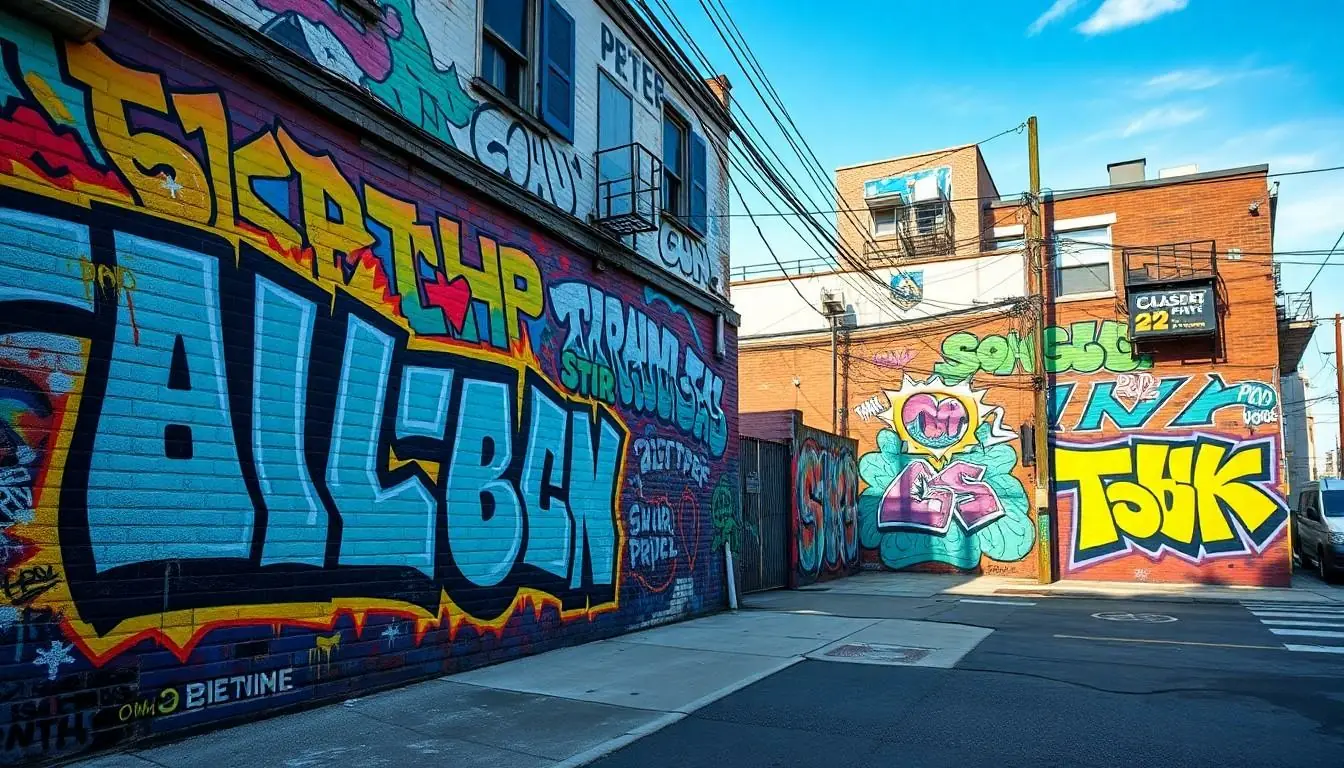
Hip hop typography features various styles that reflect the culture’s vibrancy and diversity. Two prominent categories stand out: graffiti fonts and bold, chunky fonts.
Graffiti Fonts
Graffiti fonts capture the essence of street art, presenting dynamic and expressive letterforms. Artists often use these fonts to convey an urban style and raw energy. Styles range from fluid scripts to angular designs, each representing different cultural influences. Many graffiti fonts feature drips and splatters, emphasizing the rebellious nature of hip hop. Notable examples include “Graffiti Classic” and “Urban Jungle,” both sought after for their authenticity and artistic flair. These fonts enhance album covers, flyers, and merchandise, connecting directly with the audience’s street-savvy sensibility.
Bold and Chunky Fonts
Bold and chunky fonts serve as powerful visual elements in hip hop design. These strong letterforms grab attention and evoke feelings of strength and confidence. Using thicker strokes, designers create impactful titles and slogans that resonate with fans. The simplicity of these fonts makes them versatile, suitable for various applications from posters to clothing. Fonts like “Impact” and “Bebas Neue” provide clear legibility while making a bold statement. Such choices reinforce the hip hop narrative, making it easier for artists to communicate their messages effectively and attract the audience’s gaze.
Notable Hip Hop Font Designers
Hip hop fonts derive inspiration from various designers who have significantly impacted the genre’s visual aesthetics. Noted for their creativity, these artists encapsulate the essence of urban culture through typography.
Historical Figures
Classic designers paved the way for modern hip hop fonts, influencing visual culture across generations. Pioneers like Adrian Frutiger, known for the Univers typeface, shaped the landscape of modern typography. Herb Lubalin contributed to expressive typographic arts, merging artistry with functionality. Additionally, Anne Wichmann was instrumental in developing graphic design that encapsulated the vibrancy of street culture. These figures laid the groundwork, blending traditional styles with raw urban energy and setting the stage for future designs.
Contemporary Artists
Today’s font designers continue to innovate hip hop typography, reflecting the style’s ever-evolving nature. Notable names include Matt Vergotis, whose bold designs emphasize attitude and flair. Jason Craig creates unique typefaces that resonate with the hip hop community, infusing street art aesthetics into typography. Jey Perie’s work stands out for its distinctiveness, pushing boundaries while remaining true to urban roots. These contemporary artists redefine font aesthetics, ensuring they echo the strength and identity central to hip hop culture.
Applications of Hip Hop Fonts
Hip hop fonts serve various purposes across urban culture, influencing everything from merchandising to music promotion with bold visual statements.
Merchandising and Branding
Merchandise thrives on the impactful design of hip hop fonts. Successful brands leverage typography to create memorable logos and apparel graphics. Eye-catching fonts resonate with target audiences, enhancing brand identity and recognition. For instance, streetwear labels frequently use graffiti fonts to convey authenticity and connection to urban roots. Dynamic typography often translates into strong visual elements, attracting consumers who resonate with hip hop culture. Effective branding communicates values while setting products apart in competitive marketplaces. Designers recognize that every font choice plays a role in reinforcing brand narratives, ensuring longevity in a fast-paced industry.
Album Covers and Music Promotion
Album covers benefit immensely from the strategic use of hip hop fonts. Typography influences the first impression of music projects, conveying themes and emotions before a track plays. Designers opt for fonts that align with an artist’s style, such as bold, eye-catching block fonts that exude strength or fluid script fonts that suggest an artistic approach. Iconic examples, like those used by prominent artists, showcase how fonts can evoke memories and create a lasting connection. Music promotions, including posters and social media graphics, also utilize striking typography to capture attention and generate excitement around releases. Ultimately, well-chosen fonts elevate visual storytelling, linking artists directly with their audience.
Hip hop fonts are more than just a design choice; they’re a vital part of the culture that embodies creativity and identity. These fonts capture the essence of urban life and the stories artists want to tell. By choosing the right typography, designers can create powerful connections between the artist and their audience.
As trends continue to evolve, the fusion of traditional and modern styles will keep pushing the boundaries of hip hop typography. The impact of these fonts on merchandising and music promotion is undeniable, shaping how the culture is perceived and experienced. Ultimately, hip hop fonts stand as a testament to the genre’s vibrant spirit and its ongoing influence on visual communication.

